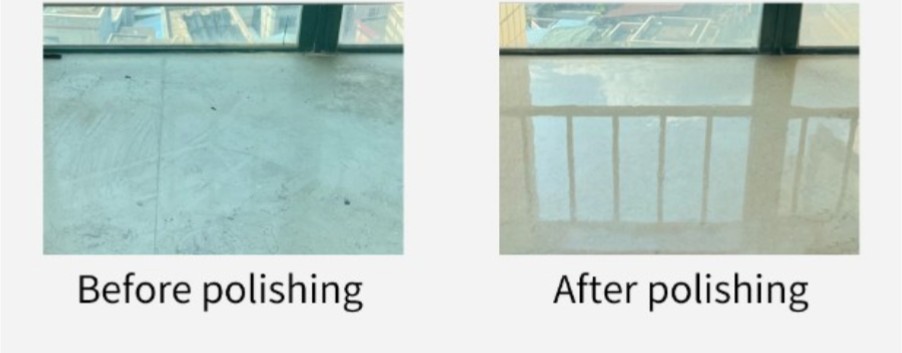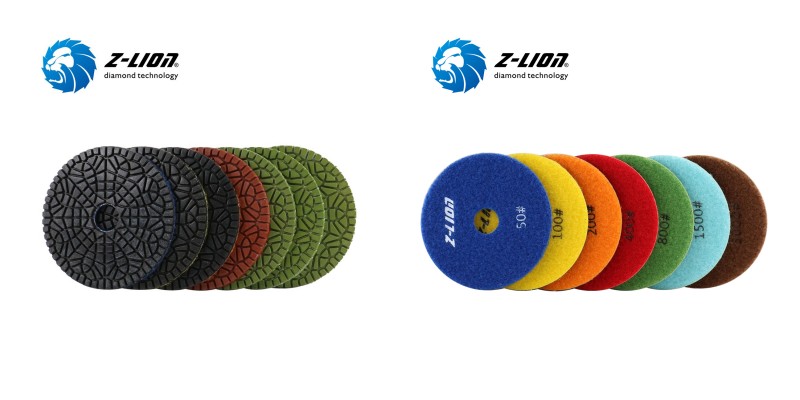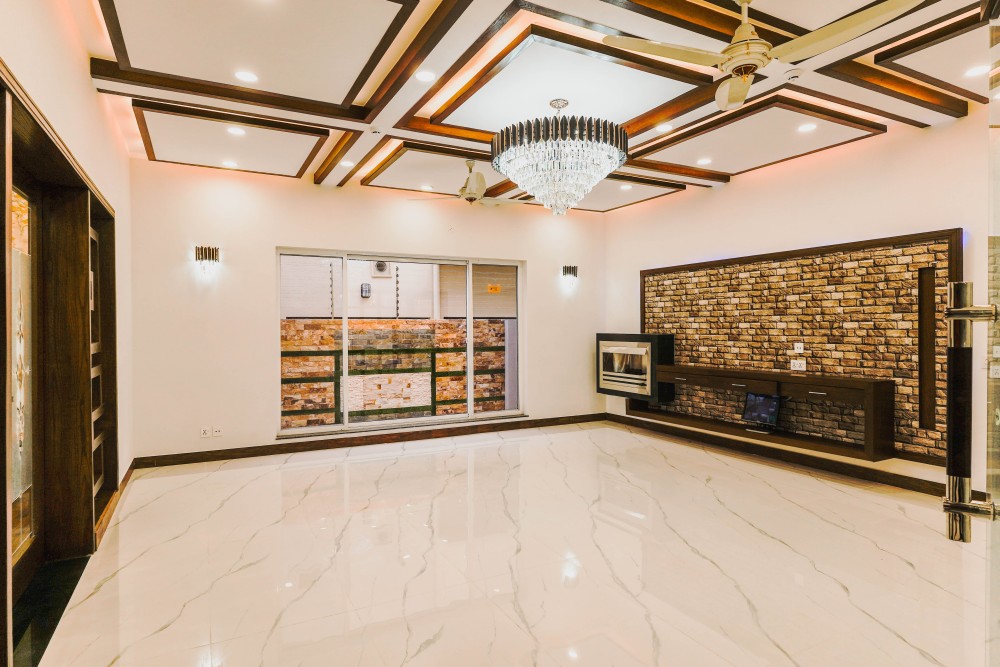Basic Stone Care Steps for Maintaining Beauty and Longevity
Basic Stone Care Steps
The priority in stone maintenance is waxing and polishing. The task of waxing is to seal the invisible pores on the surface of selected stones, strengthening the stone against the hazards of dust and stains by discerning it, thereby extending its life. This crucial step not only preserves the stone's original appearance but also enhances its resilience, ensuring it remains a lasting symbol of elegance and sophistication in both architectural and decorative contexts.
Further enhancing maintenance are essential tools and cleaners, including multifunctional floor cleaners, vacuum cleaners, stone washing water, and other professional resources. When used with care, these cleaning tools and solutions clean stone surfaces and effectively mitigate the harmful effects of built-up dirt and impurities. Careful utilization of these resources can help enhance the longevity and visual appeal of the stone while maintaining its original condition.
The core of protecting and enhancing stone surfaces is the use of advanced stone care waxes and professional waxing machines. These sophisticated resources are tailored to enhance the maintenance process, ensuring the overall protection and rejuvenation of the stone. Through the judicious application of these specialist materials and machinery, the stone's enduring beauty and structural resilience are enhanced, ensuring that it continues to be a timeless testament to elegance and durability.
A sure sign of comprehensive stone maintenance is the art of polishing. This transformative step harnesses the power of a high-speed polisher to achieve a radiant glow on the stone's surface. By harnessing the power of precision and expertise, polishing enhances the stone, giving it a stunning luster that exudes sophistication and elegance.
Stone maintenance steps: stone disease treatment
Stone surfaces exude timeless charm and lasting elegance, making them a popular choice for architectural and decorative applications. However, unsightly damage from oil, water, coffee, and other penetrating stains can harm the stone's appeal. The main symptoms of stone disease manifest as damage caused by various stains penetrating the surface, compromising its original appearance and longevity. These stains, produced by oil, water, coffee, etc., pose a huge challenge to the visual appeal and structural resilience of the stone. If left untreated, these imperfections can damage the natural beauty of the stone, so effective treatments are needed to counteract their harmful effects.
The cornerstone of a stone lesion treatment regimen includes the judicious use of pigment removers or related medications. These specialized solutions are carefully applied to the affected area to remove stains and restore the stone's original shine. Through the judicious and precise application of these agents, the stone's elastic surface is given a new look, symbolizing a solid step forward in maintaining its timeless elegance and visual appeal. By utilizing the power of pigment removers and related reagents, one can give the stone a new shine and permanently demonstrate its natural brilliance. By targeting and neutralizing the adverse effects of penetrating stains, these treatments rejuvenate the stone, making it a staunch symbol of elegance and resilience in architectural and decorative environments.
Stone maintenance steps: stone renovation
Pathological changes and contamination that compromise the natural charm of stone can cause a variety of problems, including surface unevenness, deep scratches, and persistent stains. To address these challenges and restore the stone to its original glory, experts advocate the implementation of specific stone care steps, which mainly involve the use of imported stone refurbishing machines. The basis of the stone refurbishing process is the use of professional stone refurbishing machines equipped with different polishing pads. These machines are key in the restoration process, performing multiple meticulous grinding and polishing steps on the stone, transitioning from coarse polishing discs to fine polishing discs.

Stone maintenance steps: crystal surface hardening treatment
The process involves using an abrasive that triggers a chemical reaction between the abrasive and the calcium component in the stone, ultimately forming a new layer of crystalline material on the surface. The benefits of this treatment are manifold, as it effectively prevents dirt from penetrating the stone, enhances its wear resistance, and restores its natural luster. The result is an increase in the hardness and brilliance of the surface, rejuvenating the stone and ensuring it retains its lasting appeal for years to come. In addition to crystal surface hardening, stone maintenance also includes waterproofing measures to protect against various damaging agents such as water stains, oil stains, and other blemishes. This is achieved through the use of water-repellent agents, which create an impermeable barrier on the surface of the stone, effectively protecting it from potential damage and maintaining its original appearance.
Stone maintenance steps: marble repair
To begin the repair process, one of the key steps involves using a joint sealant to carefully fill adjacent gaps with stones of the same color. This meticulous technique is designed to achieve a seamless, unified effect that enhances the beauty of the stone surface while correcting any imperfections caused by wear and tear.
The stone maintenance and renovation project includes a series of comprehensive steps such as wax removal, floor drying, caulking, natural air drying, leveling, grinding, polishing, yellowing treatment, protective treatment, and crystallization treatment. This holistic approach not only addresses surface imperfections but also enhances the strength of the marble, preventing future deterioration and maintaining its inherent brilliance over time.
First, use a multifunctional floor cleaning machine to carefully clean the surface, supplemented by a vacuum cleaner, stone washing water, and other cleaning tools and agents. This diligent approach sets the stage for subsequent steps, ensuring the surface is ready for restoration.
A waxing machine is then used in conjunction with stone maintenance wax to replenish and protect the stone, giving it a lustrous appearance and increasing its resistance to environmental factors. The meticulous application of wax is the cornerstone of maintaining the timeless appeal of marble surfaces.
The pinnacle of the restoration process is the polishing stage, where high-speed polishing machines are used to give the marble a smooth, refined surface. The final touches are the culmination of a meticulous stone care and restoration project, marking the restoration of marble's inherent beauty and elegance.
Specific stone maintenance steps
The first critical stage of the maintenance process involves the careful removal of wax residue and traces. Using specialized wax removal water and tools, the floor is meticulously cleaned to remove any unsightly marks and imperfections, ensuring a pristine foundation for subsequent restoration steps.
The stone surface then undergoes a thorough drying process, with great care being taken to ensure complete dryness. Eliminating ground moisture paves the way for subsequent steps, emphasizing the importance of a dry foundation in achieving optimal repair results.
A critical step in the maintenance process is to apply stone filler carefully and with a balanced approach to avoid overdoing it during the initial application. Let the agent penetrate the pores of the stone, repeat 2-3 times according to specific requirements, and then cover it with a plastic film to facilitate absorption and enhancement of the stone surface.
The next steps involve addressing stone gaps and potholes, where choosing the right stone-filling adhesive based on size and color matching is critical. The goal was to achieve a seamless repair, with the repair surface intentionally elevated above the stone base to allow for efficient leveling and polishing.
Next comes the drying and strengthening phase, which focuses on meticulous drying of the repaired surface, especially in the case of larger deep holes, extending the drying time to optimize the results and strengthen the stone to protect against future wear, completely dry, and generally dry for 12 hours.
The restoration process culminates in a series of grinding and polishing procedures, each step designed to refine and enhance the stone's surface. Special grinding equipment and diamond wet polishing pads are used to obtain a uniform white grinding effect, followed by water grinding step by step from coarse to fine, and finally precision grinding to present an exquisite finish.

-
Online service
-
Official wechat account

-
QQ:40933769
-
E-mail:sales@z-lion.com
Online Message
Please feel free to give your inquiry in the form below. We will reply you in 24 hours.


